Have you ever felt like your cat was quietly putting you through a secret initiation? If you’ve been owned by a feline, you probably have. Cats are mysterious, clever, and—let’s be honest—a little bit suspicious of humans at first. Winning their trust isn’t a walk in the park; it’s more like an unpredictable obstacle course. Every swish of the tail, every sideways glance, and every cautious sniff is another page in the silent test they set for us. Let’s dive into the world of feline trust and explore the subtle, sometimes hilarious ways your cat checked you out before finally giving you a piece of its heart.
The First Approach: That Hesitant Step Forward
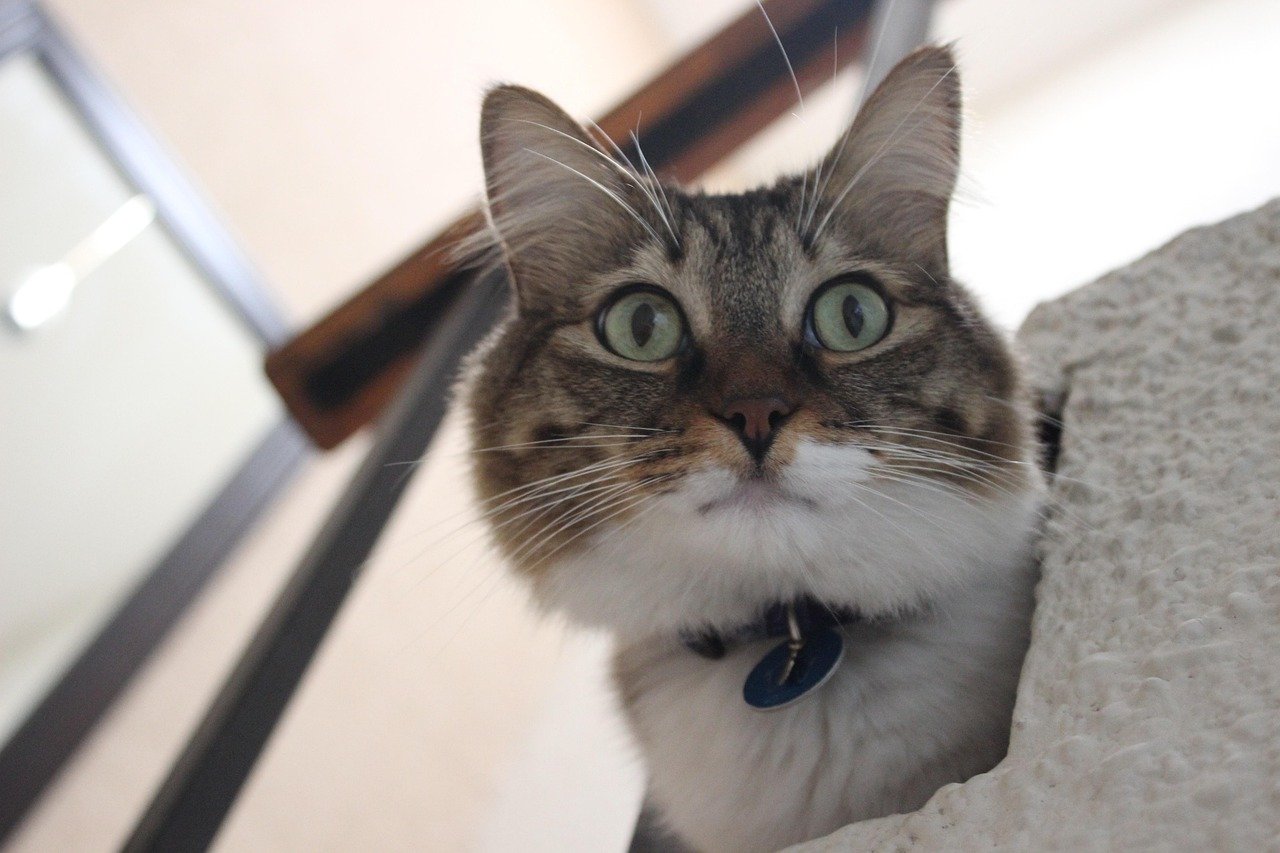
When you first brought your cat home, remember that slow, almost comical crawl from under the couch or behind the curtains? That wasn’t just curiosity—it was a calculated test. Your cat wanted to see if you’d rush toward it, make sudden movements, or sit patiently at a distance. Cats read body language better than most people do at dinner parties. If you stayed calm and let them come to you, you passed the first test. It’s like a feline handshake—awkward, tentative, and full of hidden meaning.
Eye Contact: The Slow Blink Challenge

You might have noticed your cat watching you from across the room, then slowly blinking its eyes. This isn’t a sign of sleepiness; it’s an ancient cat signal, a way of saying, “I trust you—do you trust me?” But it’s also a test. If you returned the slow blink, you told your cat you weren’t a threat. If you stared too long or moved suddenly, you might have set yourself back a few points. This subtle test is like a secret code between cats and the people they’re considering letting into their lives.
The Scent Check: Sniffing You Up and Down

Cats have a sense of smell about 14 times better than ours. When your cat cautiously sniffed your hands, your shoes, or even your hair, it was collecting information. Were you safe? Did you smell like other animals? Food? Danger? Allowing a cat to take its time sniffing you without pulling away is a big step. This test is all about patience and respect for their boundaries. Pass it, and you’re one step closer to being accepted.
The Surprise Pounce: How Do You React?
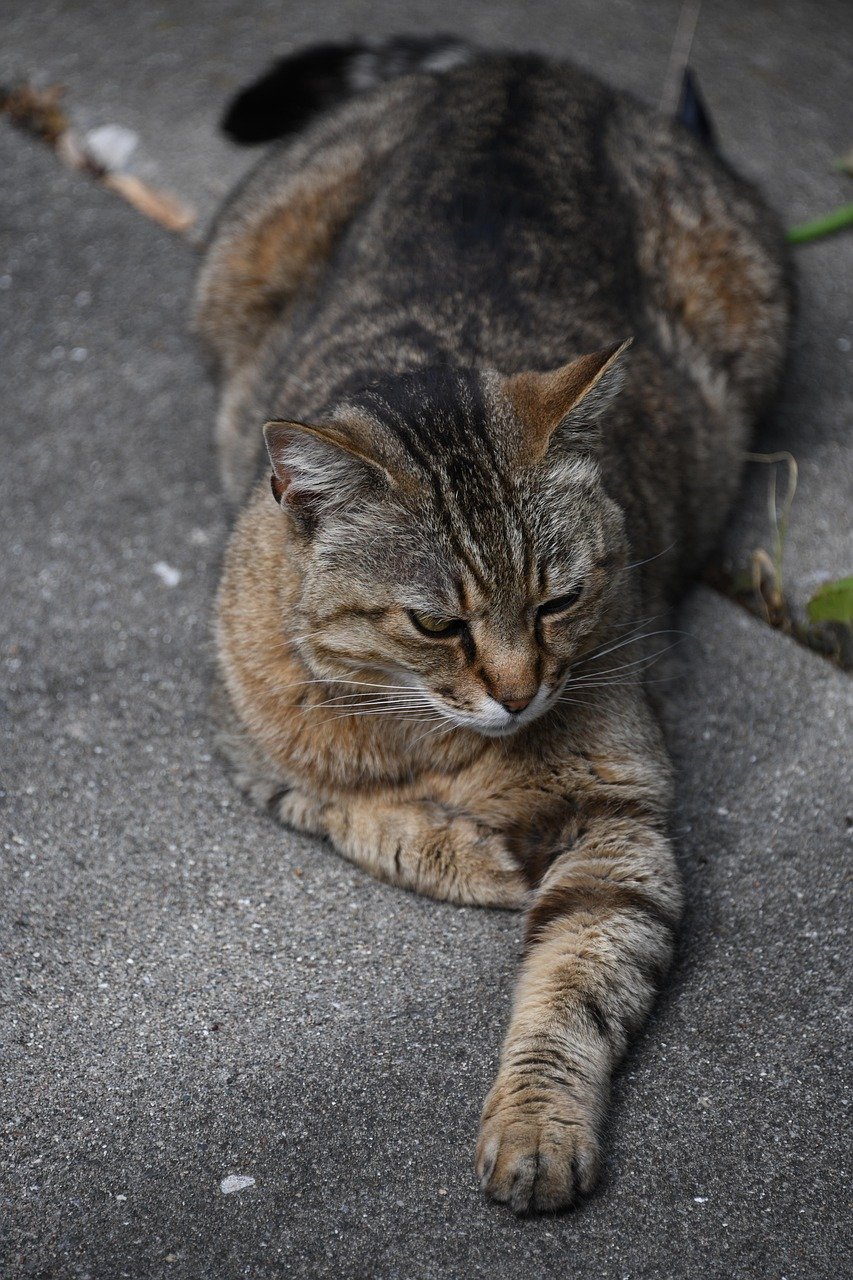
Sometimes, out of nowhere, your cat might dart out from behind a corner and swipe at your feet or hands. This isn’t always play—it can be a test of your reaction. Do you yell? Laugh? Move gently away? Cats want to know you won’t retaliate or scare them. If you handled this ambush with a gentle voice and slow movements, you scored high in their book. It’s their way of checking if you’re safe to be silly around.
The Sound Test: Your Voice and Volume

Cats are sensitive to sound, and how you talk to them matters. Did you notice your cat’s ears twitching or flattening when you spoke loudly? Or maybe they came closer when you spoke softly? Your cat was testing how your voice and volume made them feel. Gentle tones and quiet words are the secret password. If you learned to speak “cat” with your voice, you passed another trust test with flying colors.
The Gift Giver: Accepting or Ignoring Toys and Treats
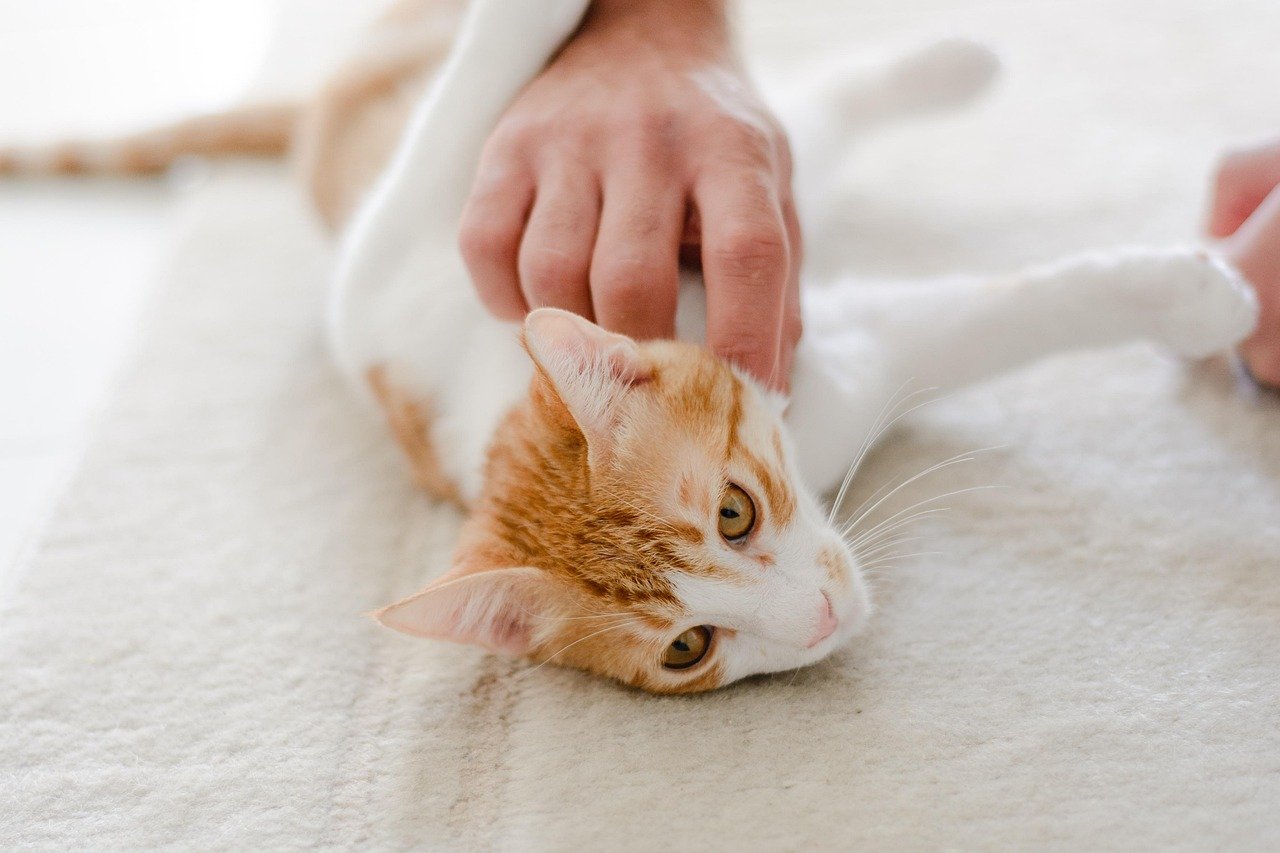
Offering your cat a treat or a toy isn’t just about fun—it’s a trust exercise. If your cat sniffed, pawed, or even ignored what you offered, it was observing your reaction. Would you push the treat on them or wait patiently? Cats want to feel in control, even when accepting gifts. Passing this test means you respected their autonomy and didn’t force affection or treats on them.
The Lap Test: Sitting Nearby, Not On You
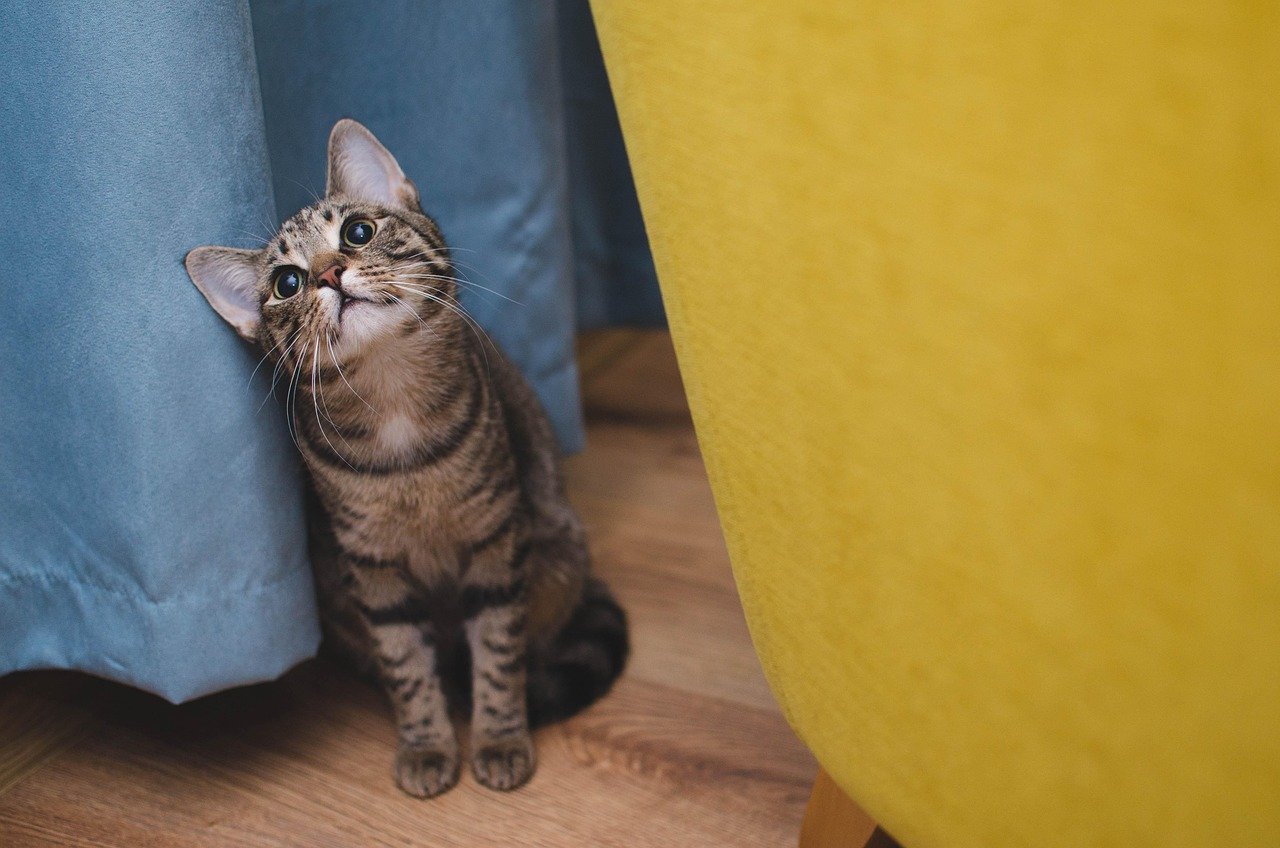
Cats rarely jump straight into your lap. More often, they’ll sit just out of reach and watch. This is a test of your patience and respect for their space. If you didn’t reach out and grab, but instead allowed them to make the next move, you gained major trust points. Eventually, a cat might choose your lap, but only after many rounds of this careful test.
The Hide and Seek: Disappearing Acts
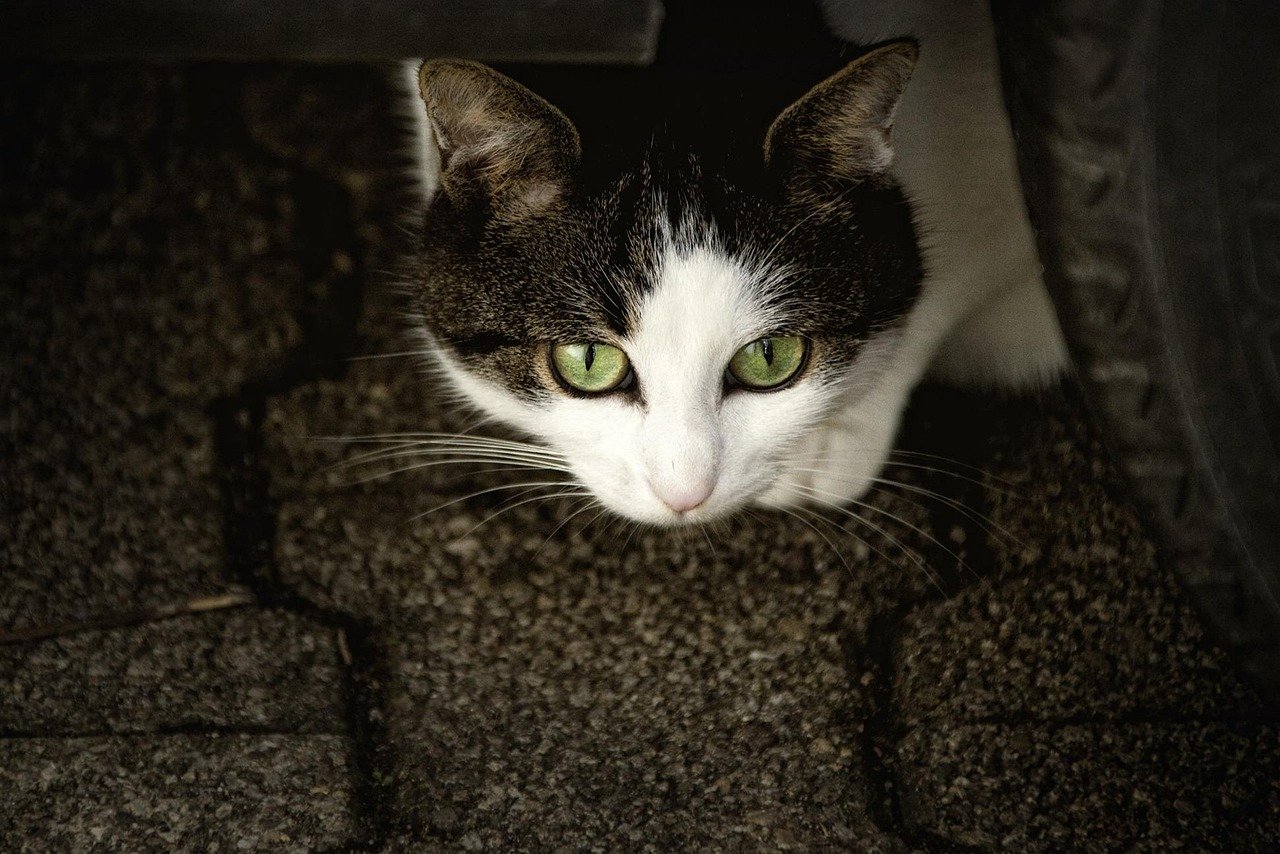
Ever notice your cat vanishing for hours, only to reappear and act like nothing happened? This disappearing act is a trust test. Cats want to know if you’ll go looking for them, call out their name, or simply wait for their return. If you respected their need for solitude and waited calmly, you showed you understood their boundaries. This patience is rewarded with greater trust over time.
The Grooming Test: Allowing Touch, But Only on Their Terms

Cats are particular about where and how they’re touched. When your cat first let you stroke its head or chin, it was a big deal. But the real test comes when you try to pet their belly or tail—most cats only allow this if they truly trust you. Gentle, slow movements and letting them walk away when they’ve had enough is key. If you mastered this, you passed one of the hardest trust tests in the feline world.
The Meal Time Test: Eating in Your Presence

A cat that eats in front of you is a cat that feels safe. At first, your cat might have waited until you left the room to approach its food bowl. Over time, if you respected that space and didn’t hover, your cat learned you weren’t a threat. Eventually, they might even eat while you’re nearby, or better yet, look up at you with those big, trusting eyes mid-meal. This is their way of saying, “I trust you not to take my food or startle me.”
The Bedtime Challenge: Sleeping Where You Are

Cats are vulnerable when they sleep, so choosing to nap beside you—or even on you—is a huge show of trust. But this doesn’t happen overnight. Your cat might have started by sleeping in a nearby room, gradually inching closer as the days went by. When your cat finally curls up on your bed or sofa, it means you’ve passed another crucial test. You’ve become part of their safe space.
The Doorway Dilemma: Watching You Leave and Return

Cats pay attention to your comings and goings. When you first left the house, your cat may have watched you with wide eyes or hidden away. Upon your return, they checked your mood—were you calm or frazzled? Over time, if you consistently came back with the same gentle energy, they learned to trust that you always returned. This trust test is all about consistency and routine.
The Vet Visit: How You Handle Stressful Situations
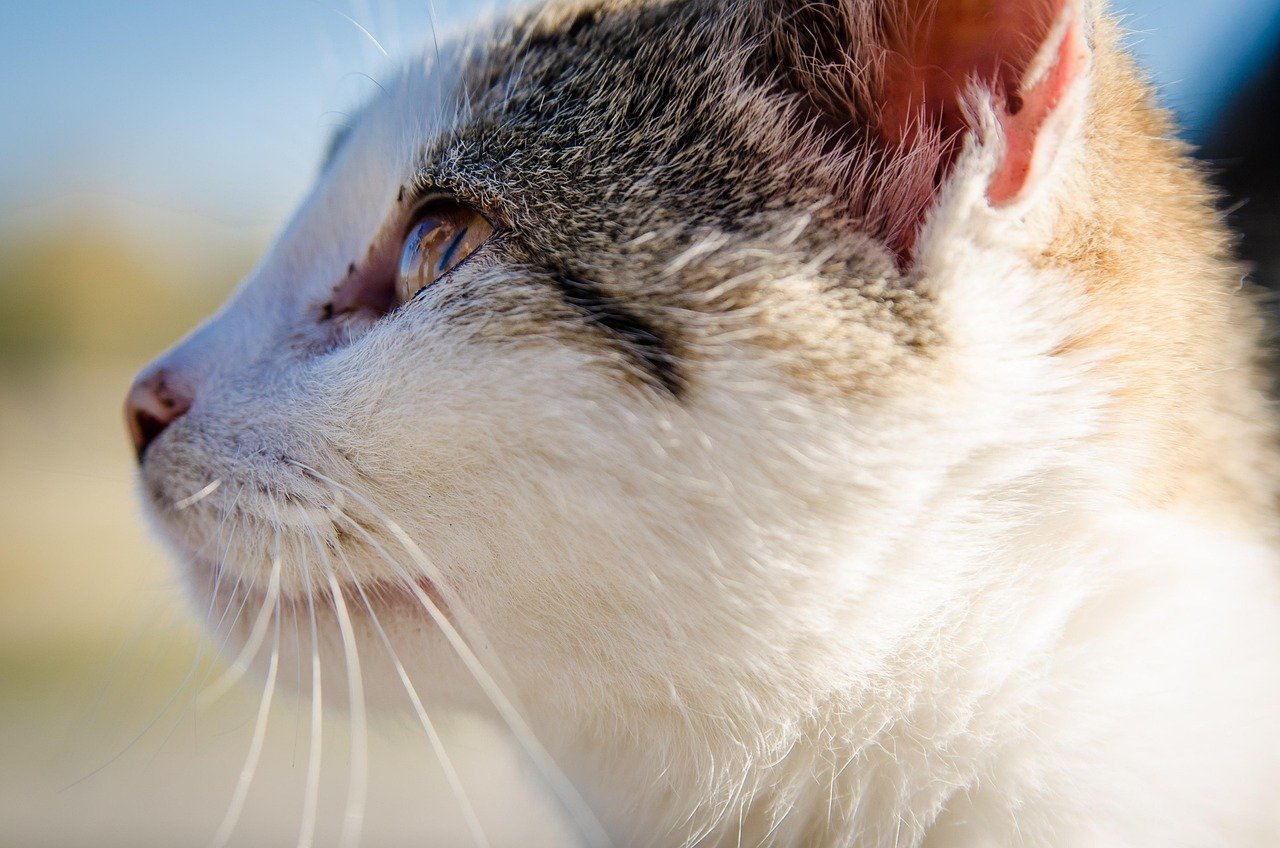
Taking your cat to the vet is stressful for both of you, but it’s also a big trust test. Your cat watches how you handle their fear—do you speak softly, offer comfort, or get anxious yourself? Cats notice if you’re their steady presence in scary moments. If you stayed calm and supportive, even during the chaos, you built a foundation of trust that goes beyond everyday life.
The Play Test: Engaging on Their Level
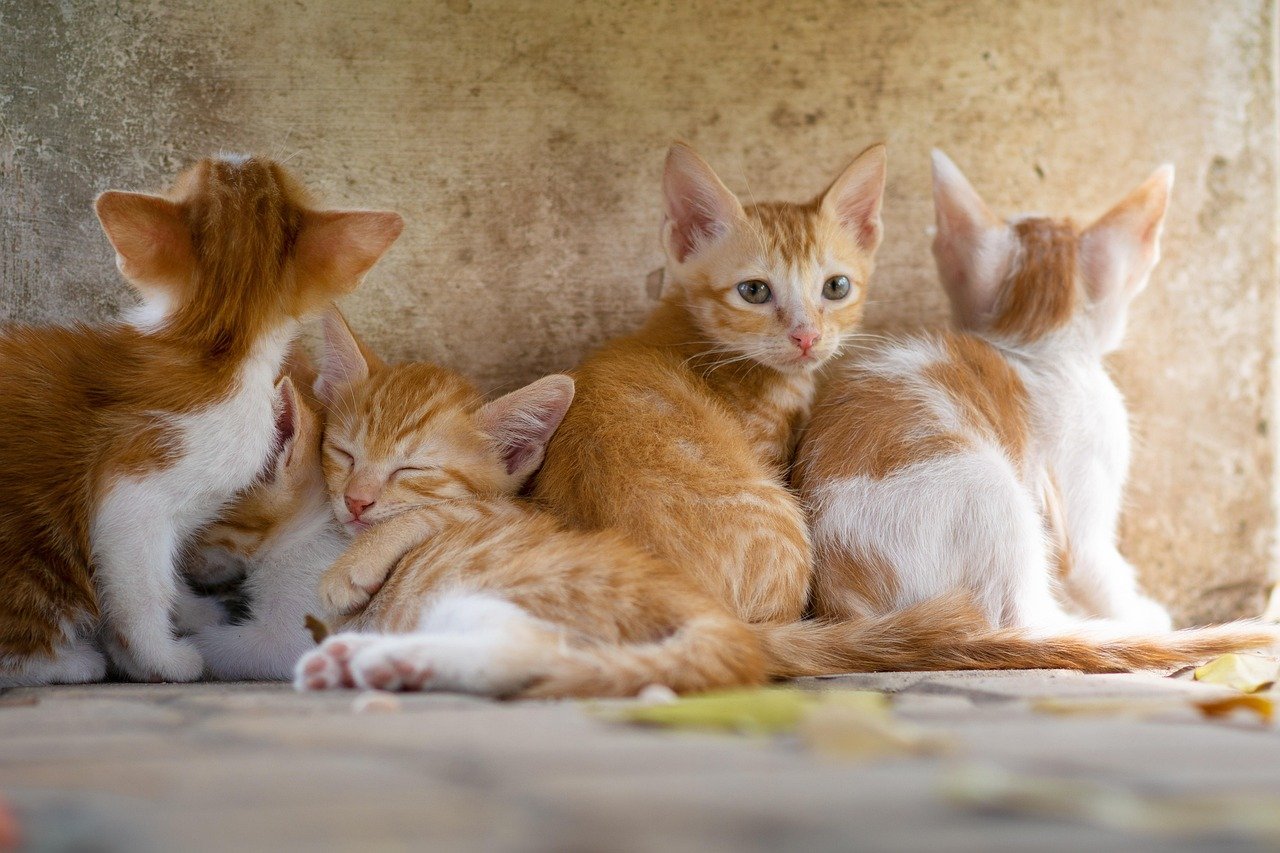
Playtime is more than just fun—it’s a test of how well you understand your cat’s personality. Do you wave the wand toy too fast, or do you pay attention to their cues and pause when needed? Cats want to see if you can match their energy and respect their boundaries during play. If you adapted your style to fit theirs, your cat learned you were attentive and trustworthy.
The Sharing Space Test: Respecting Their Favorite Spots

Cats have favorite places—windowsills, sunny patches, or cozy boxes. When you respected these spaces and didn’t move them or invade their territory, your cat noticed. This test is about acknowledging their need for independence. If you let them have their favorite spot without interference, you showed you understood their need for control over their environment.
The Bathroom Test: Following You for Reassurance

It’s a common joke among cat owners—why do cats follow us to the bathroom? This odd behavior is actually a trust test. Your cat wants to see if you’re consistent and reliable, even during mundane moments. If you didn’t shoo them away but allowed them to sit nearby, you reassured them that you’re always present, no matter the situation.
The Visitor Test: How You React to Strangers

When visitors come over, your cat pays close attention to how you handle the situation. Are you calm and welcoming, or anxious and loud? Cats watch your reactions to strangers to gauge if their environment is still safe. If you remained a calm anchor during the chaos of guests, your cat learned they could count on you to keep things under control.
The Illness Test: Sensing When You’re Down
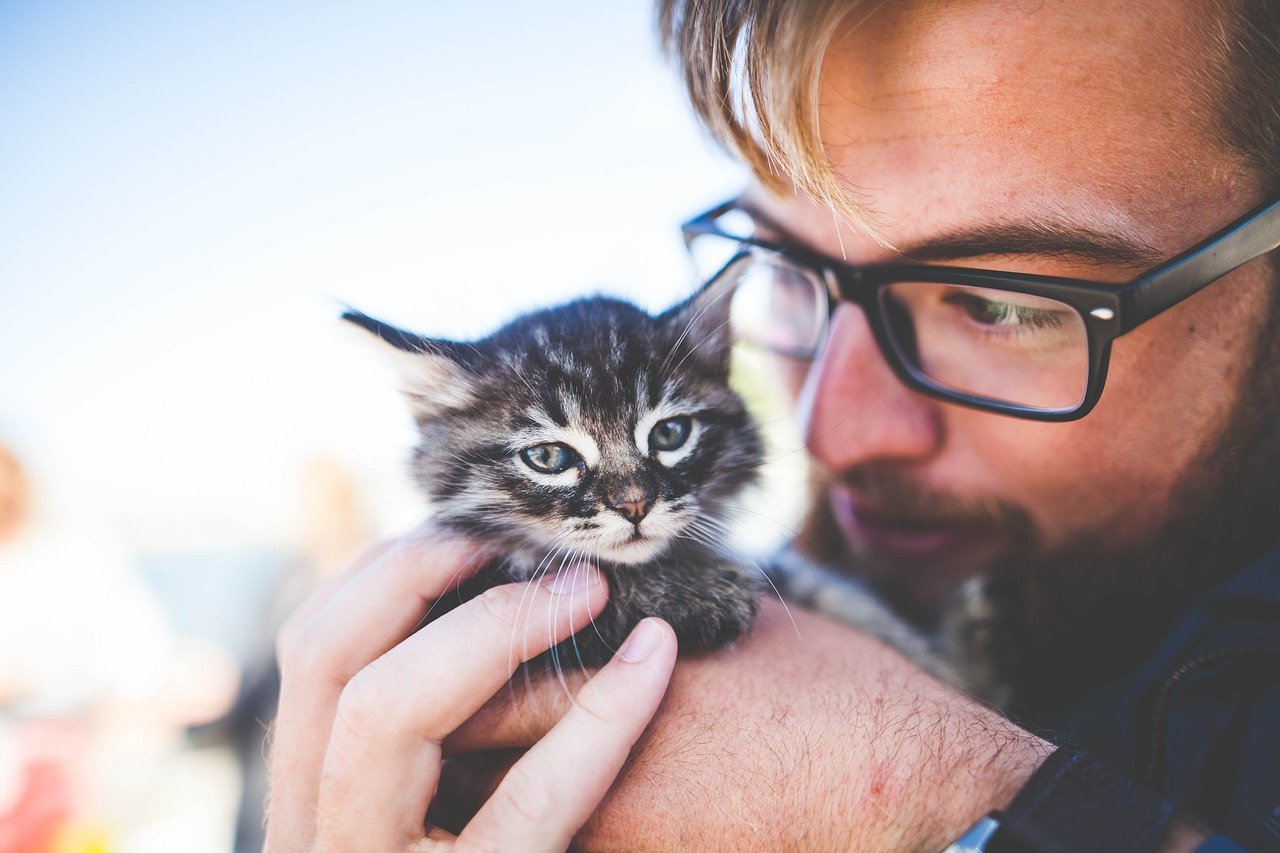
Cats are incredibly perceptive. When you’re sick or feeling down, some cats respond by staying close or acting more gentle than usual. This is a test—will you accept their quiet comfort, or push them away? Your response tells your cat whether they can trust you to be emotionally safe, even during tough times.
The Apology Test: After You Make a Mistake

We all accidentally step on a tail or startle our cats now and then. The important thing is what you do next. Do you apologize, offer a gentle pet, or give them space? How you handle your mistakes is a huge trust test. If you respected their feelings and worked to repair the bond, your cat saw you as someone worth trusting, even when things go wrong.
The Forever Test: Accepting Their Unique Personality

At the end of the day, the ultimate test is whether you accept your cat just as they are—quirks, moods, and all. Cats know if you try to change them or force them to behave a certain way. If you celebrate their individuality, your cat will reward you with a trust that’s deep and lasting. This is the test that never really ends, but passing it means you’ve truly earned your place in their heart.
Hi, I’m Bola, a passionate writer and creative strategist with a knack for crafting compelling content that educates, inspires, and connects. Over the years, I’ve honed my skills across various writing fields, including content creation, copywriting, online course development, and video scriptwriting.
When I’m not at my desk, you’ll find me exploring new ideas, reading books, or brainstorming creative ways to solve challenges. I believe that words have the power to transform, and I’m here to help you leverage that power for success.
Thanks for stopping by, Keep coming to this website to checkout new articles form me. You’d always love it!






